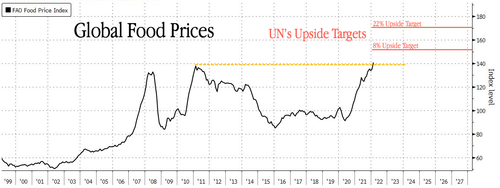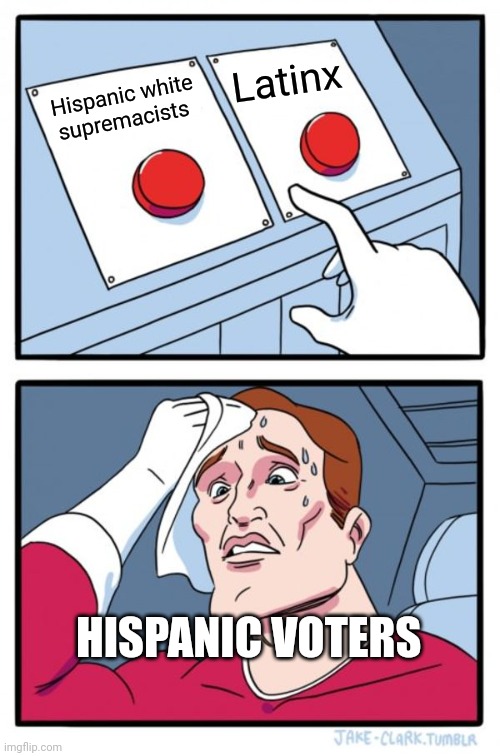Below The Radar: Stopping the Fraudulent Sales of Firearms Act
Second Amendment supporters often have to make difficult decisions. Not in the sense of Glock vs. Colt vs. Springfield Armory, but more along the lines of how to address a given piece of anti-Second Amendment legislation.
Take for instance the Stopping the Fraudulent Sales of Firearms Act, known as S 3776 and HR 6997. The legislation purports to prohibit the importation, sale, or manufacture of firearms “by means of false or fraudulent pretenses, representations, or promises.”
On the face of it, this seems unobjectionable. Nobody wants to be sold a firearm on the basis of misrepresentation or a false promise, right? But there are red flags when Second Amendment supporters think things through some more.
For starters, the Senate bill is sponsored by Dianne Feinstein, a long-standing enemy of our Second Amendment rights. So that is a red flag right there. Her co-sponsors include Cory Booker and Richard Blumenthal, also committed opponents of the Second Amendment.
Aside from who sponsors it, there is one other question: Who decides what constitutes “false or fraudulent pretenses, representations, or promises?”
This is a big deal on multiple fronts. Remember how the CDC is getting back into the gun-control business? They worry that it will be used to justify censorship by Silicon Valley is big, but this legislation could add another threat.
Suppose some anti-Second Amendment extremist decides that those who advertise firearms for self-defense are making ““false or fraudulent pretenses, representations, or promises?” That now becomes a new way to hit someone with a five-year jail term and a felony conviction.
This also is a way to “legalize” suits like the one brought against Remington over Sandy Hook. Never mind that the rifle used was stolen (after the shooter killed the rightful owner), the claim from the suit was centered around the advertising. In other words, prove there was “false or fraudulent pretenses, representations, or promises” in the advertising, and all of the sudden, it becomes easier to sue gun manufacturers.
This is a dangerous end run around the Protection of Lawful Commerce in Arms Act. Again, we need to remember what Feinstein said so long ago on 60 Minutes. She wants an Australia-style ban, but if she can’t have it, she’ll figure out what she can get legislatively (see the Age 21 Act). Or she’ll enable other attacks outside the legislative process.
What makes it doubly hard is that this bill seems very reasonable, so Second Amendment supporters have to be very careful about the optics while opposing it. After all, nobody wants to support those who sell anything (including firearms) with “false or fraudulent pretenses, representations, or promises.”
Second Amendment supporters need to contact their Representative and Senators and politely urge them to oppose the Stopping the Fraudulent Sales of Firearms Act. Then. They need to work to defeat anti-Second Amendment extremists via the ballot box this November.





